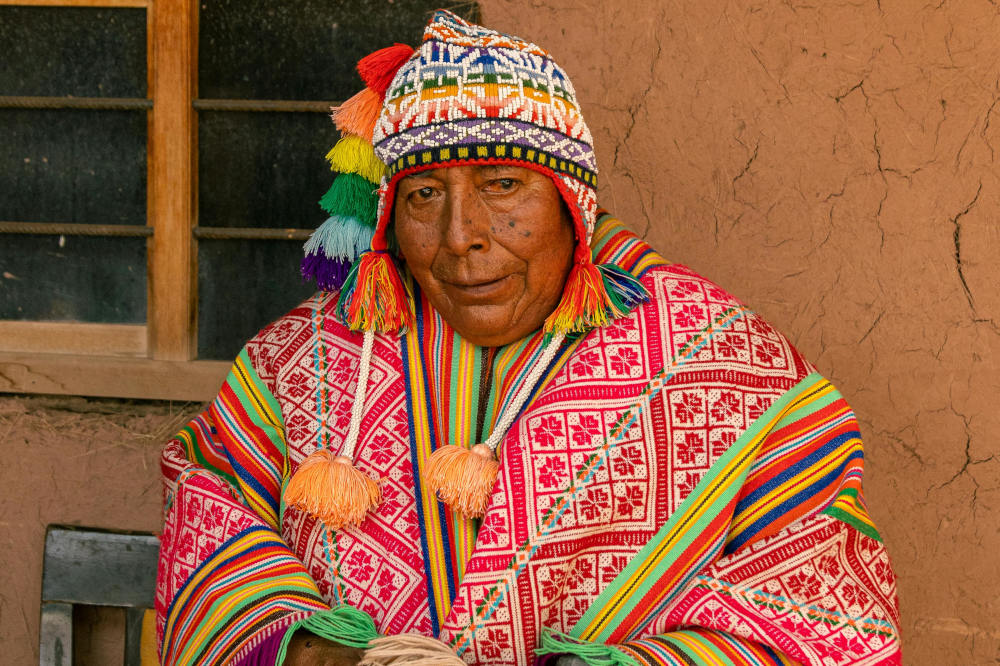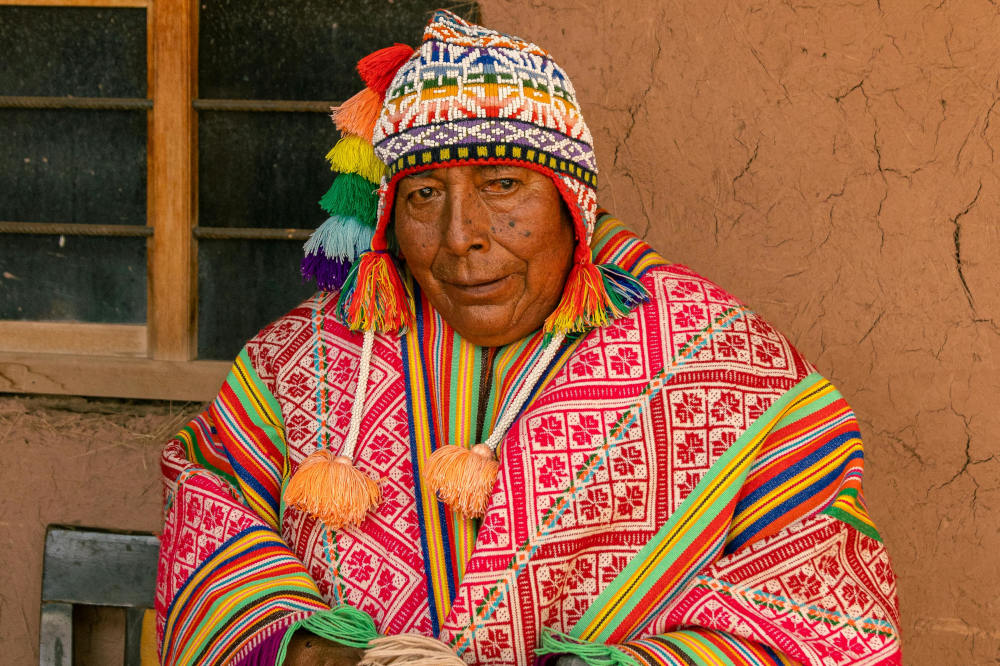
Shamanism is one of the world’s oldest spiritual practices, rooted in indigenous cultures across continents—from the Amazon to Siberia. It involves healing, guidance, and communication with spirits through altered states of consciousness, often achieved using rituals, drumming, fasting, or plant medicine. While shamanism has gained popularity in the West as a spiritual healing path, it is not without serious disadvantages. In this article, we explore the critical concerns associated with shamanic practices, including psychological risks, cultural appropriation, lack of regulation, and potential for exploitation.
Panaprium is independent and reader supported. If you buy something through our link, we may earn a commission. If you can, please support us on a monthly basis. It takes less than a minute to set up, and you will be making a big impact every single month. Thank you!
1. Psychological Risks and Mental Health Concerns
One of the most pressing disadvantages of shamanism is its potential to negatively affect mental health, particularly for individuals who are already vulnerable.
Altered States Can Trigger Psychological Distress
Shamanic journeys often involve trance states, sometimes induced by repetitive drumming, chanting, or psychoactive substances like ayahuasca or peyote. These altered states can be intense and unpredictable. For individuals with a history of trauma, anxiety, or conditions like schizophrenia or bipolar disorder, these experiences can trigger:
-
Psychotic episodes
-
Dissociation
-
Severe anxiety or panic attacks
-
Depersonalization or derealization
According to a 2015 study in the Journal of Nervous and Mental Disease, some participants in ayahuasca ceremonies reported lasting psychological distress that required professional psychiatric help.
Lack of Professional Oversight
Shamans are not licensed mental health professionals. Their methods are spiritual rather than clinical, and many lack the training to recognize when a participant is having a dangerous psychological reaction. This is particularly concerning in Western settings, where shamanic practices are sometimes offered as substitutes for therapy.
2. Cultural Appropriation and Misuse of Indigenous Traditions
As shamanism gains popularity in Western countries, especially through neo-shamanic movements, the risk of cultural appropriation becomes a serious concern.
Dilution and Misrepresentation
Many modern practitioners use the term "shaman" without any connection to the culture or lineage from which the practice originates. Indigenous traditions are often taken out of context, simplified, or combined with elements from other belief systems, resulting in:
-
Misunderstanding of sacred rituals
-
Distortion of cultural meanings
-
Commercial exploitation of spiritual symbols
For instance, selling Native American smudging kits or “shamanic training” weekends in Western markets can commodify spiritual practices that are sacred to indigenous communities.
Harm to Indigenous Communities
Cultural appropriation doesn't just insult traditions—it can cause real harm. Some indigenous groups have expressed concern that the widespread commercialization of shamanic practices undermines their efforts to preserve and protect their heritage. Others see it as a form of spiritual colonization.
3. Exploitation and Abuse in Shamanic Settings
There is an increasing number of reports of exploitation, abuse, and misconduct by individuals claiming to be shamans, especially in retreat settings.
Vulnerable Participants
Many people turn to shamanism while seeking healing from trauma, illness, or spiritual confusion. In this vulnerable state, they may be susceptible to manipulation or exploitation by so-called shamans who:
-
Overcharge for services
-
Claim supernatural powers
-
Demand loyalty or sexual favors
-
Discourage participants from seeking medical or psychiatric help
In some cases, fake shamans have been found guilty of sexual abuse or financial exploitation during retreats, particularly in South America.
Lack of Accountability
There is no governing body or licensing system for shamans. Unlike doctors, therapists, or even clergy, shamans operate outside institutional oversight. This creates a power imbalance where clients have little recourse if something goes wrong.
4. Physical Dangers of Plant Medicine and Rituals
Some shamanic practices involve consuming powerful psychoactive substances that can pose serious physical and medical risks.
Ayahuasca, Iboga, and Other Entheogens
Entheogens like ayahuasca, iboga, or psilocybin are sometimes used in shamanic ceremonies to induce visions and promote healing. However, these substances can cause:
-
Heart irregularities
-
Seizures
-
Vomiting and diarrhea
-
Dangerous drug interactions
In rare cases, there have been deaths linked to ayahuasca ceremonies, often due to improper screening of participants or unsanitary conditions.
Inadequate Medical Support
Remote retreat centers—especially in the Amazon—may not have access to emergency medical care. This is especially dangerous for participants with underlying health issues or those taking prescription medications that may interact with plant medicines.
5. False Promises and Magical Thinking
Another disadvantage of shamanism is that it may encourage unrealistic expectations and magical thinking, leading people away from practical solutions to their problems.
The Illusion of Quick Healing
Some people turn to shamanic healing expecting miraculous results, especially if conventional medicine or therapy hasn’t helped. This can lead to:
-
Disappointment and disillusionment
-
Delay in seeking effective treatments
-
Dependency on rituals instead of action
In some cases, shamans may claim to cure cancer, remove curses, or fix relationship problems—claims that are not supported by scientific evidence.
Bypassing Reality
Shamanism can also become a form of spiritual bypassing, where individuals avoid dealing with difficult emotions or real-life responsibilities by retreating into visions, ceremonies, or spirit talk. While symbolic healing can be meaningful, it may not address root causes of suffering in the physical world.
6. Ecological and Ethical Concerns
The popularity of shamanic practices in the West has led to overharvesting of sacred plants and disruption of local ecosystems.
Overharvesting of Sacred Plants
Plants like ayahuasca (Banisteriopsis caapi), San Pedro (Echinopsis pachanoi), and peyote (Lophophora williamsii) are central to many indigenous ceremonies. However, their growing demand has led to:
-
Illegal poaching and trade
-
Threats to endangered plant species
-
Loss of access for indigenous communities
For example, peyote is considered sacred by many Native American tribes, but it's now endangered due to overharvesting for commercial use in the U.S. and Mexico.
Ethical Sourcing and Sustainability
Few Western practitioners are informed about the ethical sourcing of their materials. The use of these plants outside traditional contexts may contribute to environmental degradation and the loss of indigenous control over their spiritual heritage.
7. Spiritual Delusion and Identity Confusion
Lastly, some individuals may become overly identified with the role of “shaman” or the shamanic worldview, leading to confusion or delusions of grandeur.
Identity Inflation
In neo-shamanic circles, it’s common to hear people claim to be “called by the spirits” or to identify as healers after just a few workshops. This can result in:
-
Spiritual ego inflation
-
Messiah complexes
-
Detachment from reality or community
This inflated self-image can alienate friends and family, foster unrealistic life paths, and create toxic group dynamics where dissent is discouraged.
Community Fragmentation
Unlike traditional shamans who serve a defined role within a tribe, many modern shamans operate in isolation or online communities. Without real accountability or grounding in community values, their practice can drift toward fantasy or narcissism.
Conclusion: A Path Worth Walking—With Caution
Shamanism can offer profound experiences, symbolic healing, and a connection to nature and the unseen. For some, it provides comfort and insight where modern systems have failed. However, it also carries significant disadvantages: psychological risk, lack of regulation, potential for exploitation, environmental impact, and cultural appropriation.
Those who feel drawn to shamanism should approach it with open eyes and grounded expectations. Respect for indigenous traditions, informed consent, proper mental and physical health screening, and critical thinking are essential for navigating this path safely. Like any powerful tool, shamanism can heal or harm—depending on how it is used.
Was this article helpful to you? Please tell us what you liked or didn't like in the comments below.
About the Author: Alex Assoune
What We're Up Against
Multinational corporations overproducing cheap products in the poorest countries.
Huge factories with sweatshop-like conditions underpaying workers.
Media conglomerates promoting unethical, unsustainable products.
Bad actors encouraging overconsumption through oblivious behavior.
- - - -
Thankfully, we've got our supporters, including you.
Panaprium is funded by readers like you who want to join us in our mission to make the world entirely sustainable.
If you can, please support us on a monthly basis. It takes less than a minute to set up, and you will be making a big impact every single month. Thank you.































0 comments